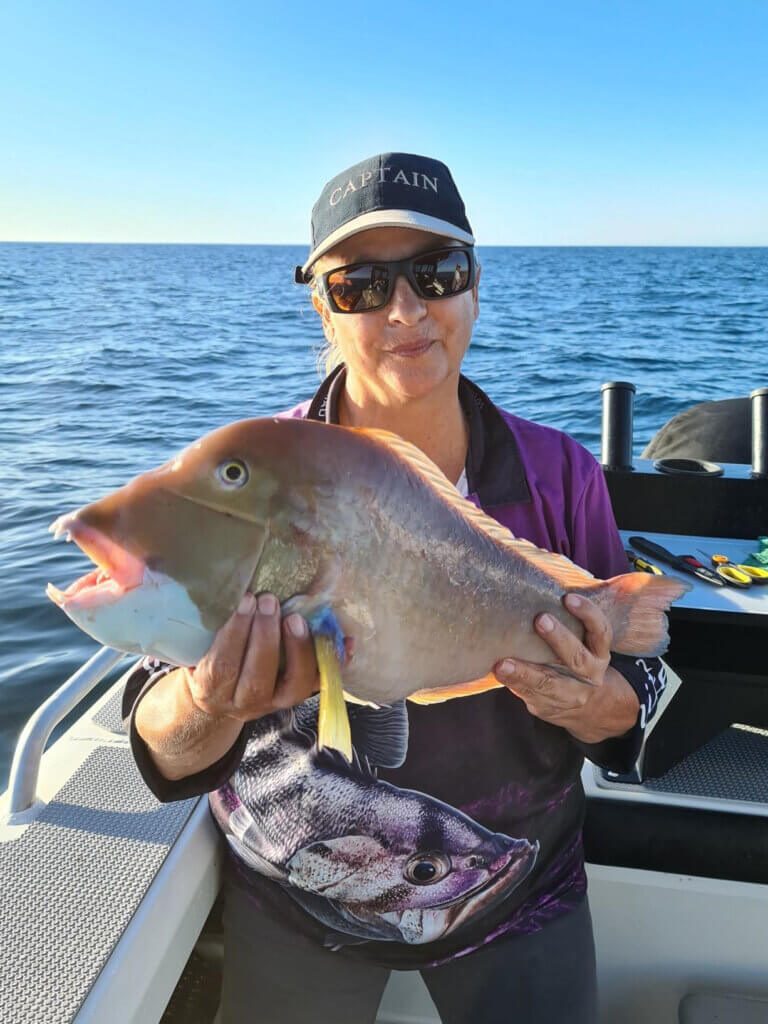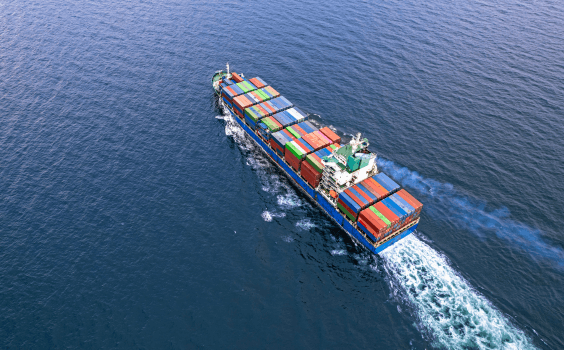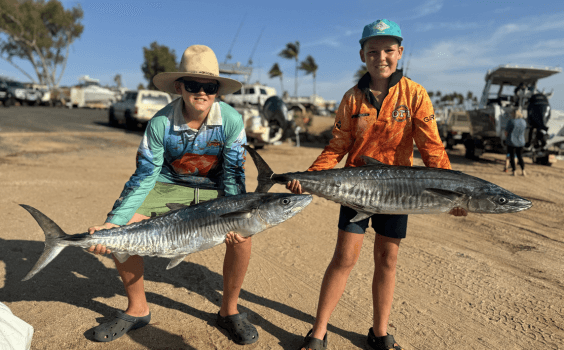Found from Busselton to Coral Bay usually, slow-growing baldchin groper are a favourite with shore and boat anglers in WA and are a fascinating fish, writes Western Angler editor Scott Coghlan in this week’s edition of Scott’s Species.
Species: Baldchin groper, Choeredon rubescens
Eating: 4 stars
Identification: Colouration can vary, including grey, green and orange, but have prominent white chin and white pectoral fin base, as well as large teeth.
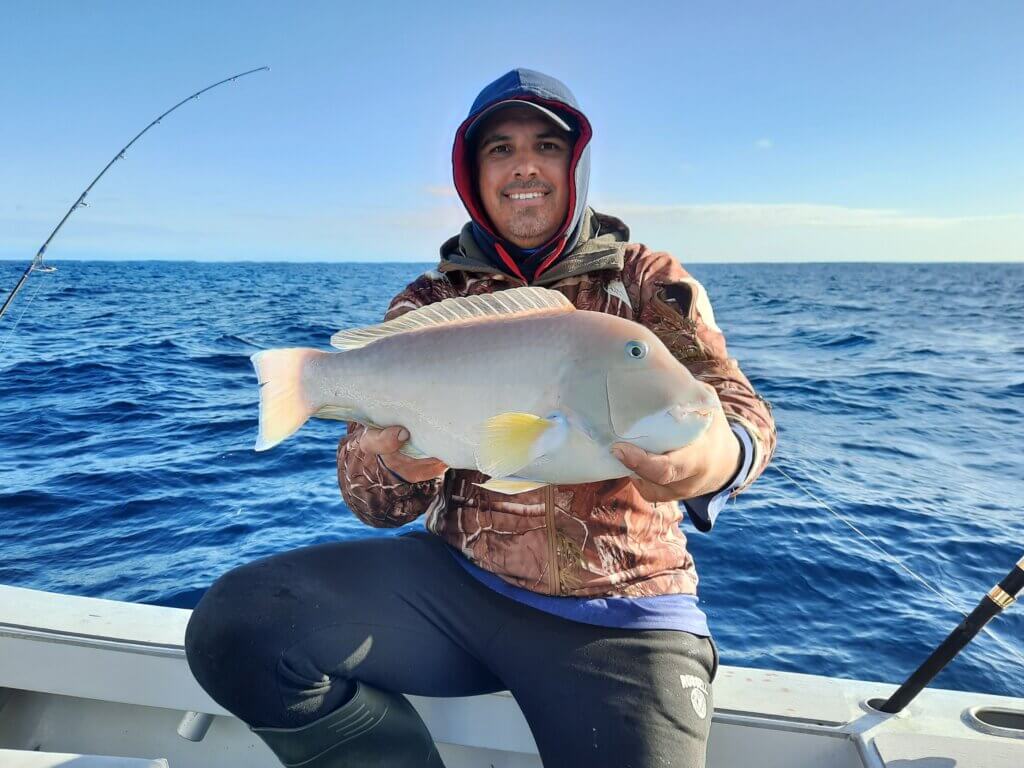
Baldchin groper’s popularity has much to do with their superb eating quality, but they are also a tough opponent on the end of a line.
Bullocking baldies will quickly take an angler’s line back into structure if given the chance and they have a lot of initial power.
Combine this with the fact they are normally hooked tight to structure and it is a recipe for disaster much of the time.
Baldchin can be caught from shore and boats in inshore waters and grow up to 6kg, although most encountered will be less than half of that.
If you want to try some exciting white-knuckle shallow water action, then targeting baldies from the rocks at places like Steep Point, Dirk Hartog Island and Quobba can provide that.
Some big baldchin frequent these rugged rocky shorelines and take a lot of stopping in skinny water, with a strong, sturdy rod needed, along with heavy line that allows the angler to turn the fish’s head quickly.
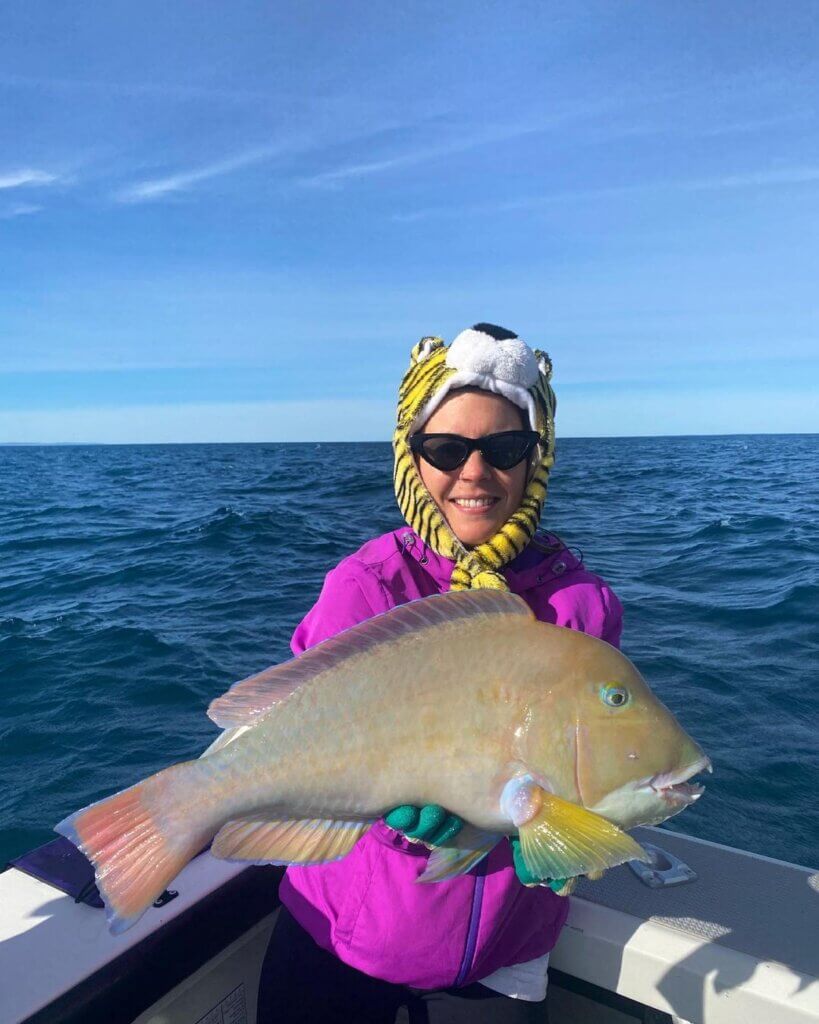
Any gear failure will see the battle lost in a flash. In these environments baldies can be very hard to tempt, and they will often inspect baits at length and even pick at them without committing fully.
Baldies are regularly taken by boat anglers fishing over broken ground from Perth north, especially in 10m to 30m, with the species prolific at the Abrolhos Islands.
While they will take metal jigs and soft plastics, they are most partial to a fresh bait of fish, octopus or squid. For shore fishing it is impossible to go past a fresh crab caught at the location being tried.
The best baldie I have seen caught was at Dirk Hartog, with my mate hooking it in skinny water on top of a reef ledge in Turtle Bay on a chunk of mulie, and hanging on for grim death! We let that fish go.
They are susceptible to localised depletion and tend to diminish in size and numbers at popular locations.
Baldies also don’t handled being pulled from any kind of depth well and are prone to severe barotrauma, so catch and release is rarely an option for offshore anglers.
They are protogynous hermaphrodites, which means they often change sex from female to male at around 50cm in length, having first matured as a female.
